Text
FABULOUS SCIENCE FICTION FILMS not in order of preference...
1. Cypher
2. Aeon Flux
3. Gattaca
4. Crossworlds
5.Tomorrow Man
6. Close Encounters of the Third Kind
7. Alien
8. Aliens
9. Blade Runner
10. Time Bandits
11. The Adventures of Baron Von Munchausen
12. Star Wars
13. The Empire Strikes Back
14. Return of the Jedi
15. The Abyss
16. Terminator
17. Terminator 2
18. Serenity
19. Guardians of the Galaxy
20. The Matrix
21. Pitch Black
22. Chronicles of Riddick
23. Johnny Mnemonic
24. Starman
25. 12 Monleys
26. Paycheck
27. Minority Report
28. Push
29. Barbarella
30. Star Trek The Voyage Home
31. Avatar
32. Predator
33. Predator 2
34. Logan’s Run
35. E.T
36. The Last Mimsy
37. Gravity
38. Interstellar
39. Arrival
40. Contact
41. Tremors
42. Ghostbusters
43. Ghostbusters 2
44.Dune
45. John Carter
46. The Time Machine
47. Akira
48. Back to the Future
49. Species
50. The Fifth Element
51. WALL-E
52. Jurassic Park
53. The Lost World
54. Robo-Cop
55. The Thing
56. Edge of tomorrow
57. Groundhog Day
58. X Men
59. Children of Men
60. Deja Vu
61. Monsters
62. Stargate
63. I Robot
64. Superman
65. Superman 2
66. The Mummy
67. The Mummy Returns
68. Planet of the Apes
69. The Day of the Triffids
70. Ant Man
71. Equilibrium
72. The Hunger Games
73. Daybreakers
74. Blade
75. Underworld
76. Underworld 2
77. Timecop
78. Divergent
79. Jumper
80. I am Number Four
81. Ultraviolet
82. Highlander
83. Babylon A.D.
84. Starship Troopers
85. Galaxy Quest
86. Armageddon
87. Thor
88. Eternal Sunshine of the Spotless Mind
89. A Wrinkle in Time
90. Just Visiting
91. The Hitchhikers Guide to the Galaxy
92. Riddick
93. Weird Science
94. Mortal Kombat
95. Batteries Not Included
96. Short Circuit
97. Innerspace
98. Dreamscape
99. Bill and Ted’s Excellent Adventure
100. Another Earth
1 note
·
View note
Text
Improvisation

What was your key learning point? (300 words)
I really felt that I benefitted from working with a group. The group was small and intimate and we got to know our characters well and helped each other with exploring ideas for our characters. This helped with suggestions to highlight what worked well for each of the characters. We co-operated and communicated well and there was an overall pleasant atmosphere in the class which contributed to the creative process and to building up personal confidence and experimenting with ideas. We immersed ourselves into our characters and practiced being our characters in the class room environment and outside in public. We took time to focus and concentrate on the small details of our characters which we had not experienced before in improvisation.
We enjoyed the game activities which encouraged spontaneity, imagination and exploration of performance. This was embodied learning which also referred to theory from practitioners such as Stanislavski, Mike Leigh, Keith Johnstone, Growstoski, Spolin and Lecoq and research we made ourselves into forming the characters. We explored the physicality of movement and of status and occupying the space with our bodies. We explored creating atmospheres and expressing moods, tones and emotions through our bodies and how our movements can convey meaning.
The group improvisations and games were a helpful tool for inventing, experimenting, exploring and developing our characters and selecting what we needed for the final identity fair piece. A lot of the improvisation material wasn’t used but it was helpful in the task we were given. Being selective as to what was good and what worked in a performance was important when we had to portray and express an essence of our characters in a short period of time without really interacting with the other characters or the audience. The improvisation remained an element in the performance.
What was your key learning block (what was most difficult?)? (300 words)
We were set the task of developing four different characters which would be performed at an Identity Fair in December. The idea was to immerse ourselves into the characters and to highlight each character in a brief moment.
There were a few areas I found difficult. One was deciding what characters to do and how to be that character in a small space of time.
Another area I had to work on was consistently maintaining the character that I was portraying. Sometimes I would start to be the character and then I would lose focus and come out of character quickly. So I needed to maintain the character identity regardless of what was going on around me or how other people reacted to me. In class, we were our characters together but we had to be our character in our own world and not interact with each other’s worlds, as each character had a different world background and setting. I needed to focus to not get involved in the other characters worlds.
I found commanding a space difficult to do and needed to practice a lot. It required a very focused and concentrated effort by me to do it. Physically I needed to embody a person who could command a space for one of my characters. I considered Johnstone’s ideas about status. Johnstone explored how people physically reveal through the way we present our body whether we have a high status or a low status personality. My character needed to be a high-status personality. Frost and Yarrow argue that “Status is a dynamic interactive process of continual adjustment. One can work to raise or lower oneself and those around one -what Johnstone calls ‘the see saw principle’” (Frost and Yarrow, 2007, p. 115). I needed to work on commanding a large space and I was given very helpful feedback from the group.
With respect to improvisation and role play, what do you need to do next? (300 words)
Improvisation is a helpful tool for being spontaneously creative in forming ideas and developing practical drama work and learning new skills and techniques. It also is enjoyable experience as everyone is involved in playing games, having fun and being in the present moment. It is not rehearsed and allows the group to let their subconscious minds, intuition and instinct affect the performance. It is helpful in considering the process of making a performance and how it is seen by the audience. Improvisation theories and games are helpful in developing one’s learning and reflecting on what has been helpful. This could be applied in future to other performances or future approaches to experimenting with character development. Improvisation can also be used to focus in on details such as improvising specific actions, movements, intense moments, and explore space and stage composition. Improvisation can also reveal an individual’s strengths and likewise areas of difficulty which the person can work on. Improvisation helps one to make an imaginary space and environment and to retain the feel for it in the mind.
It also could be used to devise scenes or to explore scripts and scenes in plays, even improvising with the text by trying different ways to show a scene. One may consider looking at alternative ways to show a work and/or explore specific elements of a play such as themes, characters, staging, colour, costume in a more focused and detailed way. This can enhance one’s overall understanding. Working in a group ensemble may develop team work, communication, interaction and spontaneity. Communication in the form of feedback from others in the group or even someone outside of the group can help further develop ideas. It can help with any creative blocks or difficulties by sharing solutions or by making effective suggestions. It can improve speaking in public.
Bibliography
Frost, A. Yarrow, R. (2007) Improvisation in Drama 2nd Edition Basingstoke : Palgrave Macmillan
Harvie, J. and Lavender, A. (2010) Making Contemporary Theatre: International Rehearsal Processes. Manchester: Manchester University Press.
Heddon,D. and Milling, J. (2006) Devising Performance A Critcal History Hampshire and New York: Palgrave Macmillan
Johnstone Keith, (1993) IMPRO Improvisation and the Theatre, England: Clays Ltd, St. Ives plc p.29
Pavis, P. (2006) ‘Tools For Analysis’ in Analyzing Performance, Theater, dance and Film Ann Arbour:The University of Michigan Press p.37
Pickering, K. (2005) Key Concepts In Drama and performance Palgrave MacMillan
Spolin, V. (1973) Improvisation for the Theatre: A Handbook of Teaching and Directing Techniques for Theatre London: Pitman
Tufnell, M.; Crickahy, C. (1990) Body Space Image Hampshire: Dance Books Ltd
Character Backgrounds and Character Photographs
Edwina Eaglton
In a classroom exercise we walked around the room and imagined an animal. I thought of an eagle and we started to move as the animal we imagined.

The next step was to pick out characteristics of the animal and develop them into a person.
The eagle is a symbol of power, freedom and transcendence (Walker, 1995, pp.6, 15, 361, 400-401).
The eagle is a large, powerful, magnificent bird with excellent vision. Eagles have large eyes.

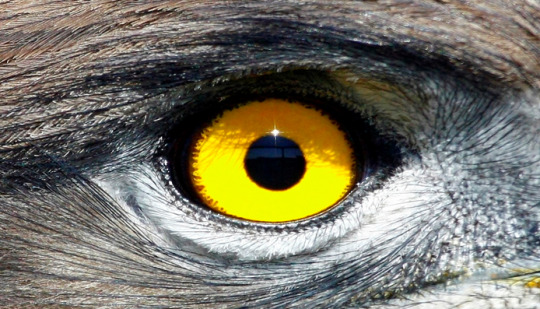
For my character, I focused on the large eyes. I imagined that the character had the potential to pick out details, or intimidate people and felt that the character would be one who would like authority and control, even be imperious.
Edwina Eaglton lives on the rural outskirts of Cardiff near a wood and river. Her house has excellent views.

She works as a location manager for film locations, television and magazine shoots. She travels a lot with her work. She always negotiates a good deal. She has a personal assistant called Parker who organises her schedule.

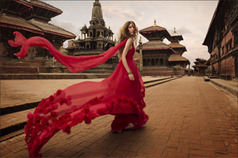


As well as arranging and negotiating site use, she also manages sites during a shoot. This involves working to strict budgetary and time limits and maintaining a high standard of health and safety and security.

When Edwina Eaglton is not working she likes to be at home, reading books, drinking wine, watching films.

She likes to have regular spa treatments.

Edwina Eaglton is single and focuses on her work.
Sometimes Edwina reads books to children as part of her charity work. She is due to read The Owl and the Pussycat this week.



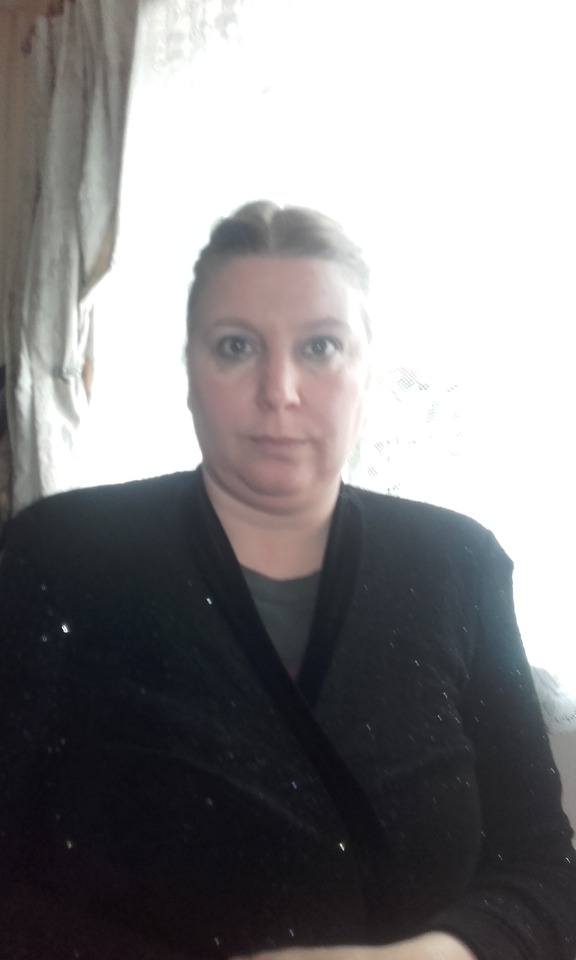
Ida Bone
Trying to think of another character I was encouraged by my lecturer to close my eyes and imagine a place. I imagined the beach…sand and sea. The beach is one of my favourite places. The lecturer asked me what was under the sand and I said fossils. I personally like collecting fossils on the beach. So, I decided to develop a character that was a palaeontologist; fossils…dinosaurs
Paleontology: the science of the forms of life existing in former geologic periods, as represented by their fossils.
Ida Bone gives lectures and writes books and journals on rare species of dnosaurs. She works with National Museums Wales and The National History Museum London and has done work in China at a secret location. She is married to a history professor and has three children all boys.


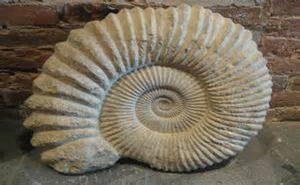



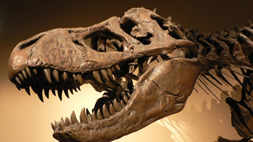




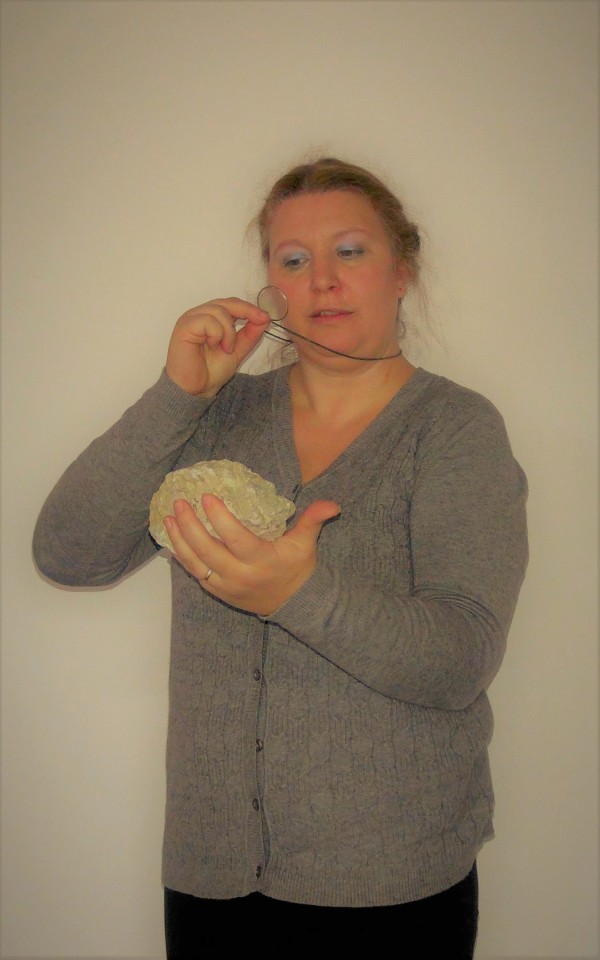

Michael Jones
Michael Jones is an actor about to audition for the part of Antonio in the Tempest. He is single living in Cardiff but has also lived in Italy and France and plans to go to Scandinavia. He likes to read, jog, go to the gym and go for drinks with friends. He doesn’t have a girlfriend.
He lives in a flat in Pontcanna, and has been rehearsing his lines.
He has three brothers all older than him which he doesn’t see very often as they live in the Lake District. His parents are divorced and his father lives in Spain with his new wife and his mother lives in Australia.
His brother is engaged and about to be married in the following summer. The wedding will be in Bali.
Michael loves sea food.
He has been working as an actor for ten years.
He studied Drama at University of South Wales. He worked with Hyjinx Theatre, National Theatre, S4C, BBC, ITV, Stratford-Upon-Avon National Shakespeare Theatre.
Today he is auditioning for a few things; a magician, Shakespeare’s tempest. Although he doesn’t get the correct audition.





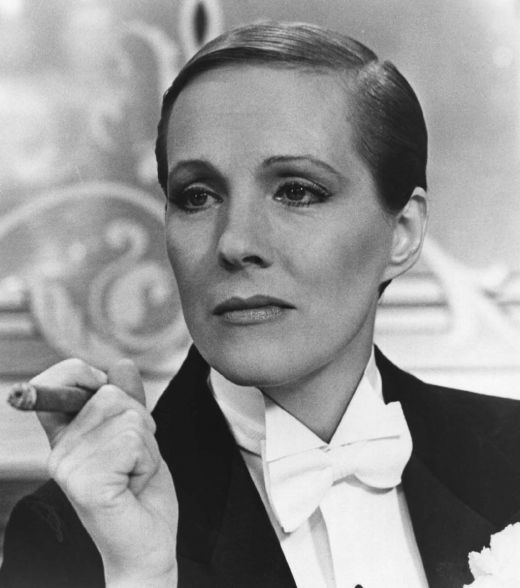
Daisy Miller
Daisy Miller, lives in Cathays Cardiff in a shared house. She works in a local pub a few evenings a week but when she is not working she likes to listen to music, meditate and do yoga. She likes to eat a healthy diet. She is not into psychedelic drugs.
Daisy is inspired by the ideals of belonging, peace and love ideology of flower children in 1960’s who would wear and/or give out flowers to people. She is also inspired by the 1967 Haight-Ashbury Summer of Love and wants to go to the 50th anniversary Summer of Love in San Francisco in 2017.
Daisy is anti-war and violence. She desires love and happiness for everyone. She believes that love can change the world. She tries to see the positive out of everything and make the best out of life.
Flower power is a form of peaceful protest and passive resistance to the aggression and violence in the world. She also believes in spreading positive vibrations to people through random acts of kindness.
She sees giving out of flowers as generating good feeling and as a theatrical and political statement.
Daisy is an only child. She is happy with her family.
Daisy’s parents are both middle class doctors who also like to travel to far eastern places and they have taken Daisy with them.
Daisy however has not decided what she would like to do for a living and is happy working in the pub.
Daisy has flowers and love in her bedroom. She has rose incense and heart cushions. She has post it stickers of positive affirmations from Louise Hay. https://www.randomactsofkindness.org/
The 1960’s flower children






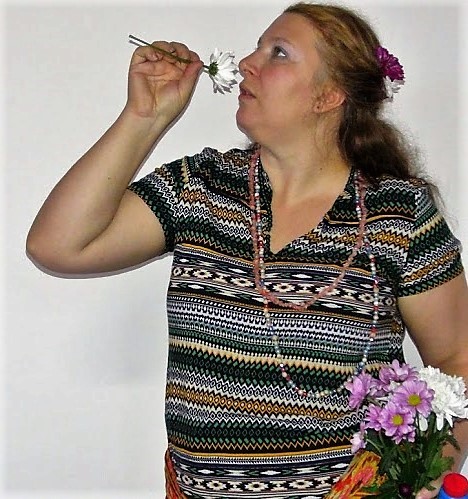

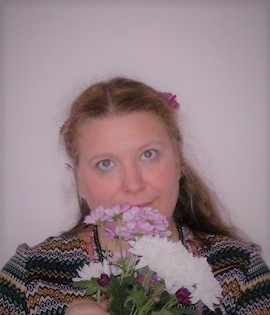
youtube
youtube
How is your journey or process informed by ideas about improvisation drawn from the module readings?
Hello I’m Nadia Ash and I’m a second-year theatre and drama student. I will be talking about the improvisation and role play module and my personal experience and learning process and ideas in relation to the task we were set.
We were set the task of developing four different characters which would be performed at an Identity Fair in December. The idea was to immerse ourselves into the characters and to highlight each character in a brief moment. The idea was to really get into the character and express an essence of the character and create emotions and an atmosphere. The intent was to be spontaneous but authentic in feeling.
The style would be very visual, and may or may not involve words.
We used Stanislavski (1863-1938) technique of improvisation where one really imagines what it is like to be the character, to fully immerse oneself into a character as “an exercise of the imagination” ( P.63 ).
We would start our day with some warm up exercises and then
Working together as a small group we used Spolin’s (1973, p.10) idea of “games to spur action” as well as exploring physicality of movement.
Spolin (1973, p.4-5) states that “[T]he game is a natural group form providing the involvement and personal freedom necessary for experiencing. Games develop personal techniques and skills, necessary for the game itself, through playing. Skills are developed at the very moment a person is having all the fun and excitement playing a game has to offer-this is the exact time he is truly open to receive them.” The games were not rehearsed but spontaneous and Spolin (1973, p 5-6) argues “In this spontaneity personal freedom is released, and the total person, physically, intellectually and intuitively is awakened.”
One game I found useful was when one member of our group physically presented an atmosphere or scene and the rest of us would join in when we thought we had guessed what the atmosphere was. This reminded me of Grotowski’s ideas on the body as a primary agent in conveying meaning. Another game I got a lot out of was walking into the room pretending not to see and moving around the room as if one couldn’t see in order to find a little box that had been hidden by another member of the group, and then doing the activity again but blindfolded and experiencing the physicality differently.
Practitioner Jacques Lecoq was fascinated with movement, masks and mime which he considered “essential tools which artists can connect with themselves, with their peers and with the world around them.” P27
In one exercise, we moved about the room and then were asked to move as an animal. I chose an eagle. We were asked to think about the animal’s characteristics and later to develop this animal into a human form. For my eagle, I thought of the large eyes and then thought that this would be a strong personality, perhaps demanding and the thought processes continued when thinking of the back story of who this character was. Physically I needed to embody a person who could command a space. I considered Johnstone’s ideas about status. Johnstone explored how people physically reveal through the way we present our body whether we have a high status or a low status personality. My character needed to be a high-status personality. Frost and Yarrow argue that “Status is a dynamic interactive process of continual adjustment. One can work to raise or lower oneself and those around one -what Johnstone calls ‘the see saw principle’” (Frost and Yarrow, 2007, p.115). Importantly
“[S]tatus can be played to the space, and to objects as well as to people” (Frost and Yarrow, 2007, p.115).
I found commanding a space difficult to do and needed to practice a lot. It required a very focused and concentrated effort by me to do it.
I also drew on my memories of a people I knew who were a bit like that to help me develop my character. This resonated with Jacques Lecoq idea that “[A]nyone who improvises draws on his own memory but that memory can also be imagined.” P.28 so an amalgamation of traits formed which I had to narrow down to a few specific highlights.
Frost and Yarrow (2007, p. 205) argue “[U]sed in this way, improvisation can become a means of experiencing crucial process of choice in the construction of any piece of creative work.”
For my palaeontologist character, I simply started with a visualisation of a beach and what was under the sand…fossils…and I developed the idea from there. I also physically imagined her to be softly spoken person.
For the flower child, I looked at old film footage of the 1960’s and to 1960’s music to get a feel for the character, and create a backstory.
For the man, I explored physical posture and movement of men.
In all characters moving as them in a physical way was more challenging than one at first supposes. To not act a character but to feel a character.
The characters were developed over time, allowing in depth exploration of what the characters were like and many aspects were changed during this process. Working with other members of the group helped to bounce back ideas as to what worked well and what didn’t.
As the performance was very visual I considered costumes carefully as a lot of signs can be demonstrated through non- verbal visual means such as gestures, costumes and props. For example, with the flower child I had 1960’s type dress, bead necklaces, flowers in my hair and bubbles and I was bare foot. For the palaeontologist, I dressed modestly and I had a monocle and rocks and fossils. For the most extreme costume as a man I had a wig and moustache and a suit and evoked his character through a clumsy “audition” performance.
youtube
0 notes